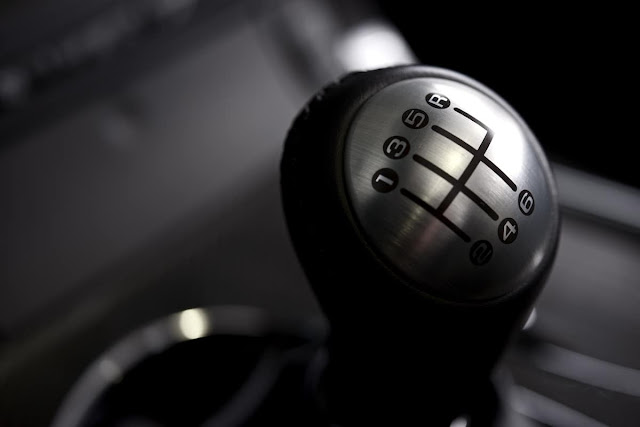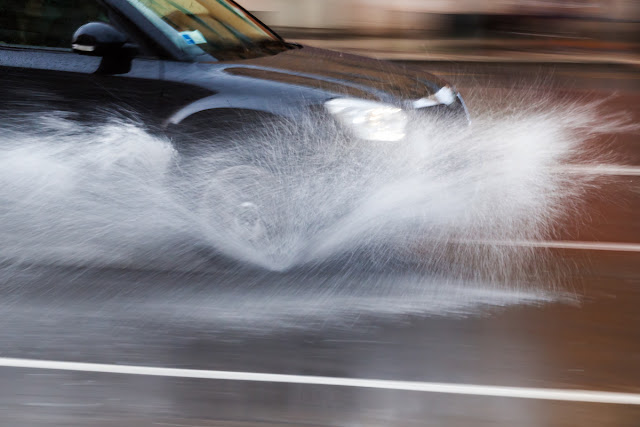Shopping for a new car and/or truck can get confusing when you factor in all the different options you have available to you. Interior materials, tech layouts, paint colors, engine types and more are all on the table and it's up to you to choose what's right for you. At Toyota of Orlando, we make it our mission to make the process of selecting the perfect vehicle easy. But, when you get started on the journey to vehicle ownership, the road can be a bit uncertain, especially if you're debating on engine and fuel types.
Gasoline and diesel fuel are the two main ways to fuel your Orlando car engine and both can have a variety of benefits and drawbacks for your driving experience. Check out what makes these engine types so different!
Why are They so Different?
- Gasoline engines create their sparks by using spark plugs, These small components sit in the engine compartment and ignite fuel-filled air after it's compressed. In contrast, diesel engines do not have or use spark plugs. Instead, the pistons in a diesel car engine use extreme compression to generate a high amount of heat and a more natural spark.
- Diesel engines are able to produce more power with a lower fuel capacity than their gasoline counterparts. They also contain several fewer parts than gasoline car engines and require less upkeep. An example of power and size can be found in the Toyota Mega Cruiser. This Humvee clone, exclusive to Japan, produces more horsepower and torque when compared to its cousin and uses a much smaller inline turbo-charged 4 cylinder engine.
- Diesel fuel is oftentimes more expensive to use compared to gasoline. Drivers can also choose several different types of gasoline to use in their cars compared to only one type of diesel fuel.
- Gasoline car engines are available in every single Orlando Toyota vehicle model. Diesel engines are not available in too many vehicles currently. But, driving a diesel based model can prove to be more fuel efficient long-term which will help you recoup the additional fuel cost.














